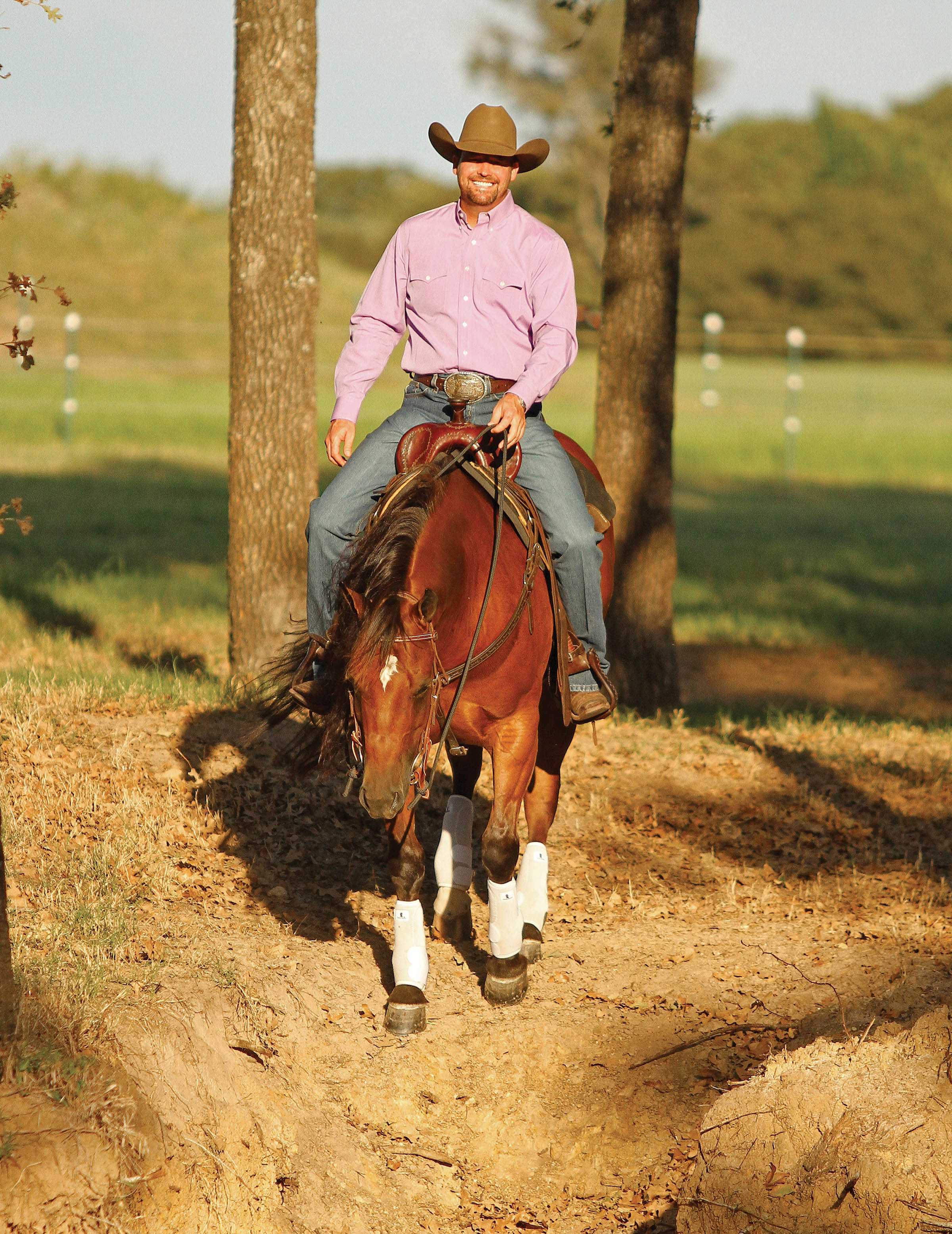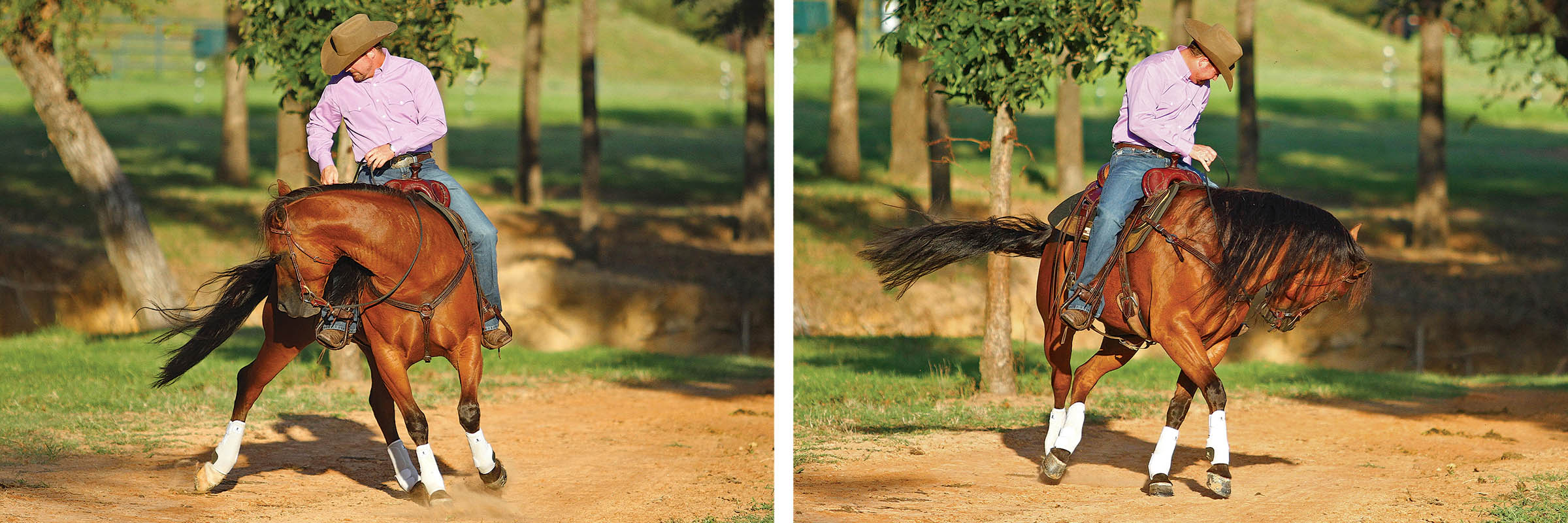
A horse prone to stumbling is a nuisance at best and a health hazard at worst. It’s normal for a horse to trip or stumble every once in a while, but if tripping on the trail is becoming a regular thing for your horse, that means he’s in need of help.
I’m going to tell you how to address this problem. I’ll discuss the importance of ruling out physical causes, then give you a practical approach that will encourage him to mind how he steps.
Why Address Stumbling?
Just like us, horses sometimes take a misstep, especially if the ground is rough or uneven. It’s when stumbling becomes a common occurrence that you must address it. If it’s not a health-related issue (more on that in a moment), then the culprit is usually a lazy horse that’s not paying attention, a shortcoming that can be extremely dangerous to you and him both.
Stumbling can cause your horse to fall down on the trail, go over a steep drop-off, or jolt you suddenly out of the saddle. And, as with everything we do with our horses, the more you let one trip, the better he gets at it. Before long, it’s an ingrained habit.
So take action promptly once you notice a genuine issue.

Consult Your Vet, Farrier
Your first job is to rule out physical or health problems that could be making your horse trip.
Start with his feet. Do you allow him to go too long between trimmings or shoeings, resulting in overlong hooves? Is your farrier skilled at providing a correct, balanced trim that allows for an easy breakover of the foot?
Also work with your vet to rule out lameness, as even a subtle issue can cause stumbling. Is your horse sore on one or more of his feet? Anything from sole bruising to navicular issues could be to blame.
Finally, is he suffering a neurological issue that could cause him to stumble? EPM (equine protozoal myeloencephalitis) is one example of a disease that can lead to persistent stumbling.
If there are no physical or health problems at the root of your horse’s behavior, move on to training him away from it.

Make Him Pay Attention
Frequent stumbling without cause is a sure sign your horse is letting his mind wander rather than concentrating on the task at hand. Remember, no matter what you’re doing with your horse, he’s responsible for his feet—where he places them and how fast he moves them. If he’s not paying attention to his feet, you’re going to have to give him a reason to do so.
When he stumbles, immediately pick up on one rein and cue him with your leg on the same side to bend him around in a circle. You might thump his belly with the heel of your boot, or roll your spur up his side—whatever it takes to hustle his feet as you turn him in a circle. If he ignores your leg, spank his hindquarters with the end of your mecate or a dressage whip. Move him vigorously in one direction, then reverse all cues to move him in a circle the other way.

When he’s fully alert, moving with energy, and focused on you, put him on a loose rein and go back to what you were doing. The loose rein is important not only because it rewards his response, but also because it dares him to make a mistake. Get out of the habit of babysitting your horse and trying to micromanage his every step. Put him on a loose rein and let him be responsible for his feet.
If he trips again, repeat the same steps. By doing so, you’re making the right thing easy and the wrong thing difficult. In other words, as long as he’s paying attention to where he’s placing his feet, you’re leaving him alone on a nice, long rein. But whenever he gets lazy and lets his mind wander, you’re waking him up and making him feel uncomfortable by hustling his feet.

Keep Him Interested
Another good strategy is to alleviate boredom (which can exacerbate stumbling) by keeping things interesting. Challenge your horse by incorporating more variety into your lessons and trail rides. Yes, consistency and repetition are keys to teaching your horse, but you also must be sure to add “variations on the theme” to help command your horse’s attention.
The key is “just the right amount.” If you include too much variety, your horse will never learn anything because he’ll never get to practice a lesson consistently enough to get good at it. But if you have too much consistency (you practice the same things in the same way and the same order every day), your horse will get bored and resentful.

Adding groundwork over obstacles is a great way to add interest to your horse’s regular routines; it also encourages him to watch more carefully how he steps (see “Groundwork Helps Make Nimble Feet,”).
Clinton Anderson, Stephenville, Texas, is a clinician, horse trainer, and competitor. Learn more about his clinics, appearances, and educational materials at his Web site, DownunderHorsemanship.com.






